- All posts
- Concrete
- Driveway
- electric heated mats
- Energy Efficiency
- Enjoy
- Hail
- Health
- Heated Driveways
- Heated Floor Mats
- Heated Mats
- Home Maintenance
- Ice
- ice dams
- Landscaping
- Liability
- Michigan
- Press + Praise
- Property Maintenance
- residential
- Roof
- Roofs
- safety
- salt
- Senior Safety
- Shoveling
- shovelling
- Slip and Fall
- Snow
- snow and ice management
- Snow and Ice Removal
- Snow Melting
- Snow Melting Mats
- Snow Removal
- Snow Removal Contractor
- Winter Car
- Winter Driving
- Winter Gardening
- winter prep
- Winter Safety
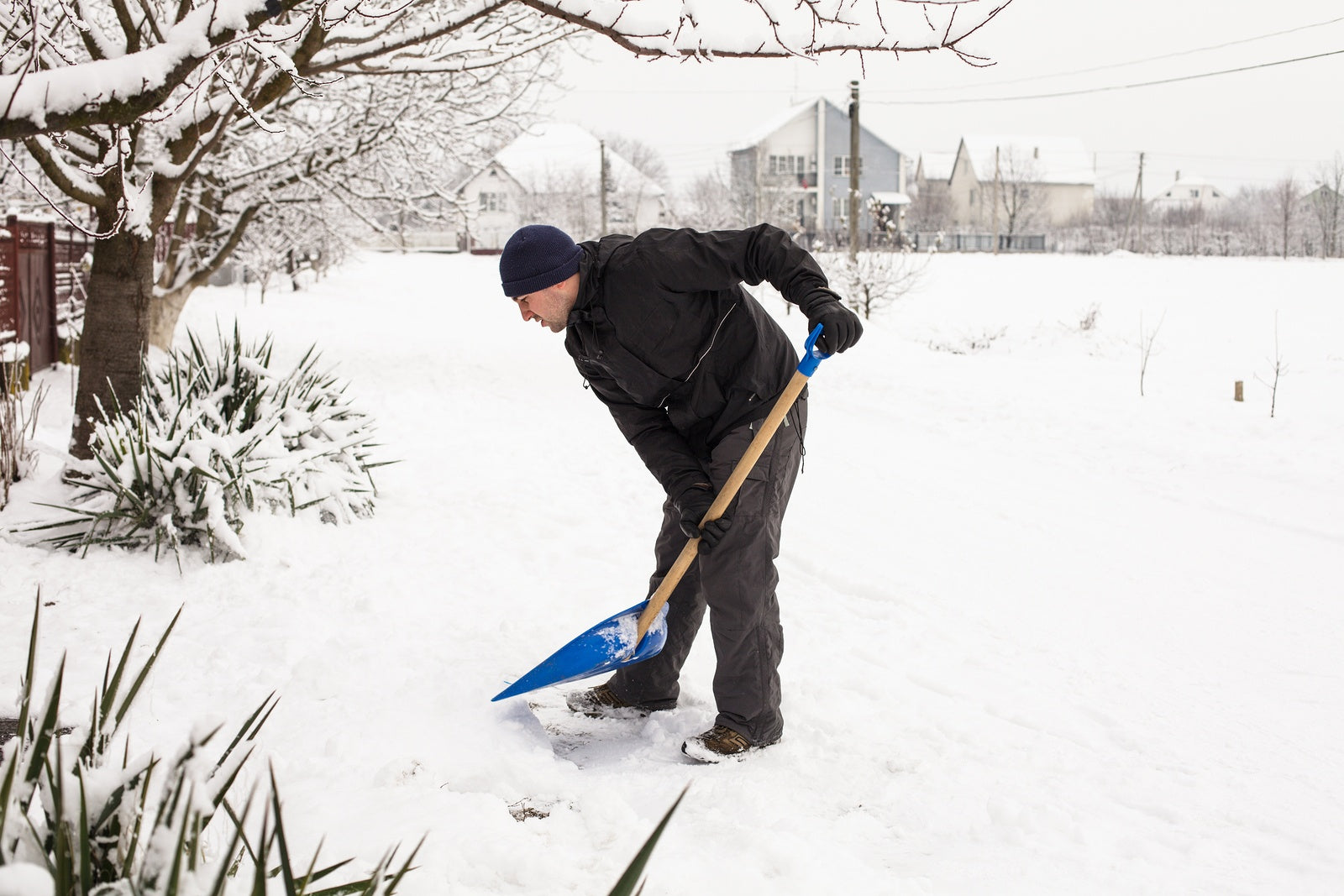
Back Problems Associated with Shoveling Snow
Every year, thousands of people injure themselves while shoveling snow out of their driveways, and a large portion of those injuries are sustained on the back. The constant bending over, raising an...
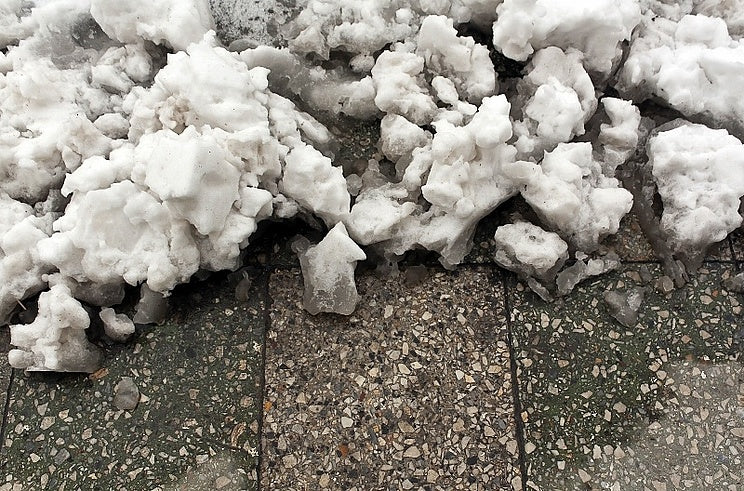
The Rock Salt Health Risks You Need to Worry About
Rock salt is usually not on homeowners' minds until outdoor temperatures begin to drop and winter is "just around the corner." And when thoughts do turn to rock salt, it is usually in immediate con...
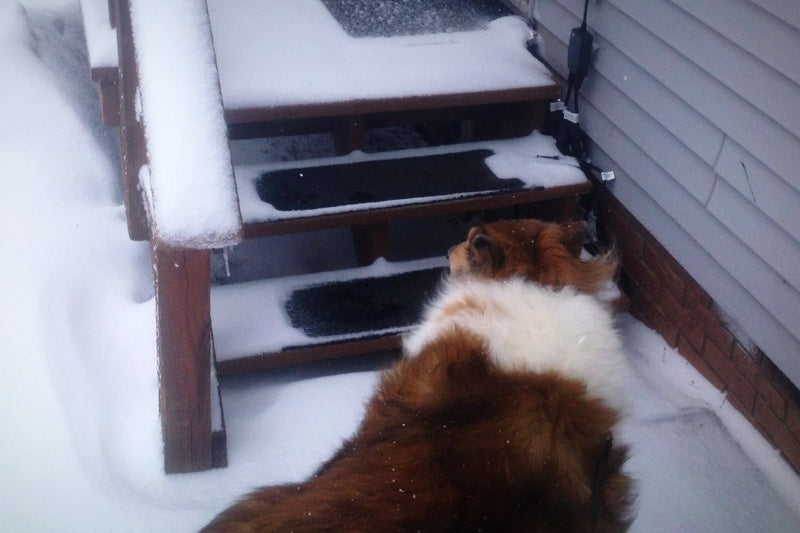
What Are the Dangers of Using Rock Salt Around Pets?
Rock salt (sodium chloride), as well as many other deicers, pose major hazards to your pets when applied in significant quantities to your driveway and other outdoor pavements. Being aware of thes...
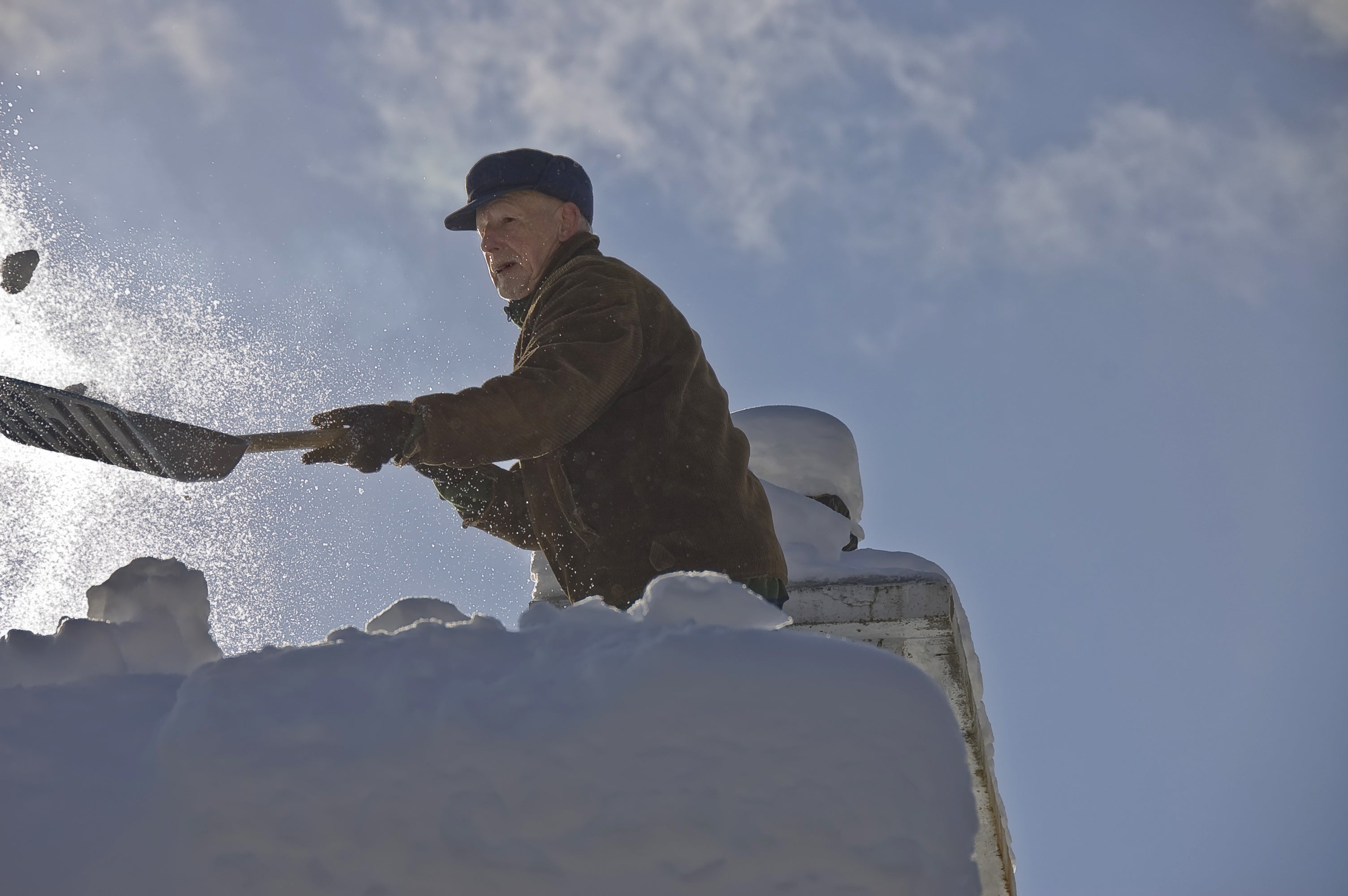
A Reality Check for Seniors Living Alone in Wintertime
With modern technologies at their disposal, more awareness of smart, healthy lifestyle practices, and a wider range of connectivity, seniors have developed into a stronger, more independent generat...
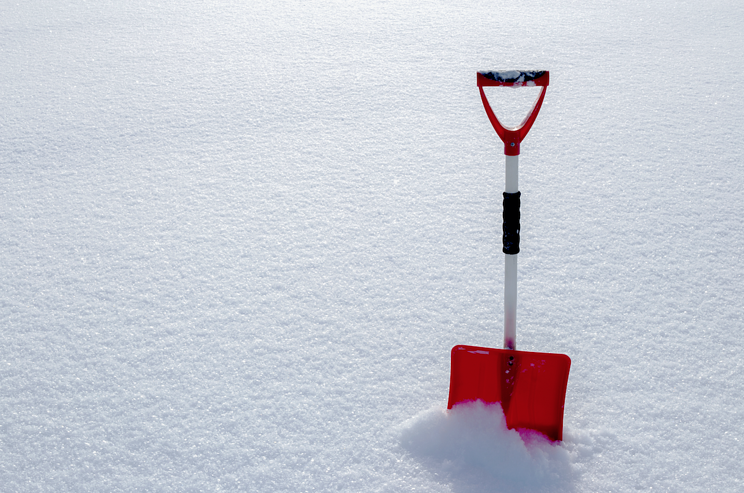
Shoveling Increases Heart Attacks, Study Shows
A recent Canadian study proves what homeowners in cold-weather climates have always suspected: the risk of heart attack increases following a snowfall. The study was conducted in Quebec from 1981 t...
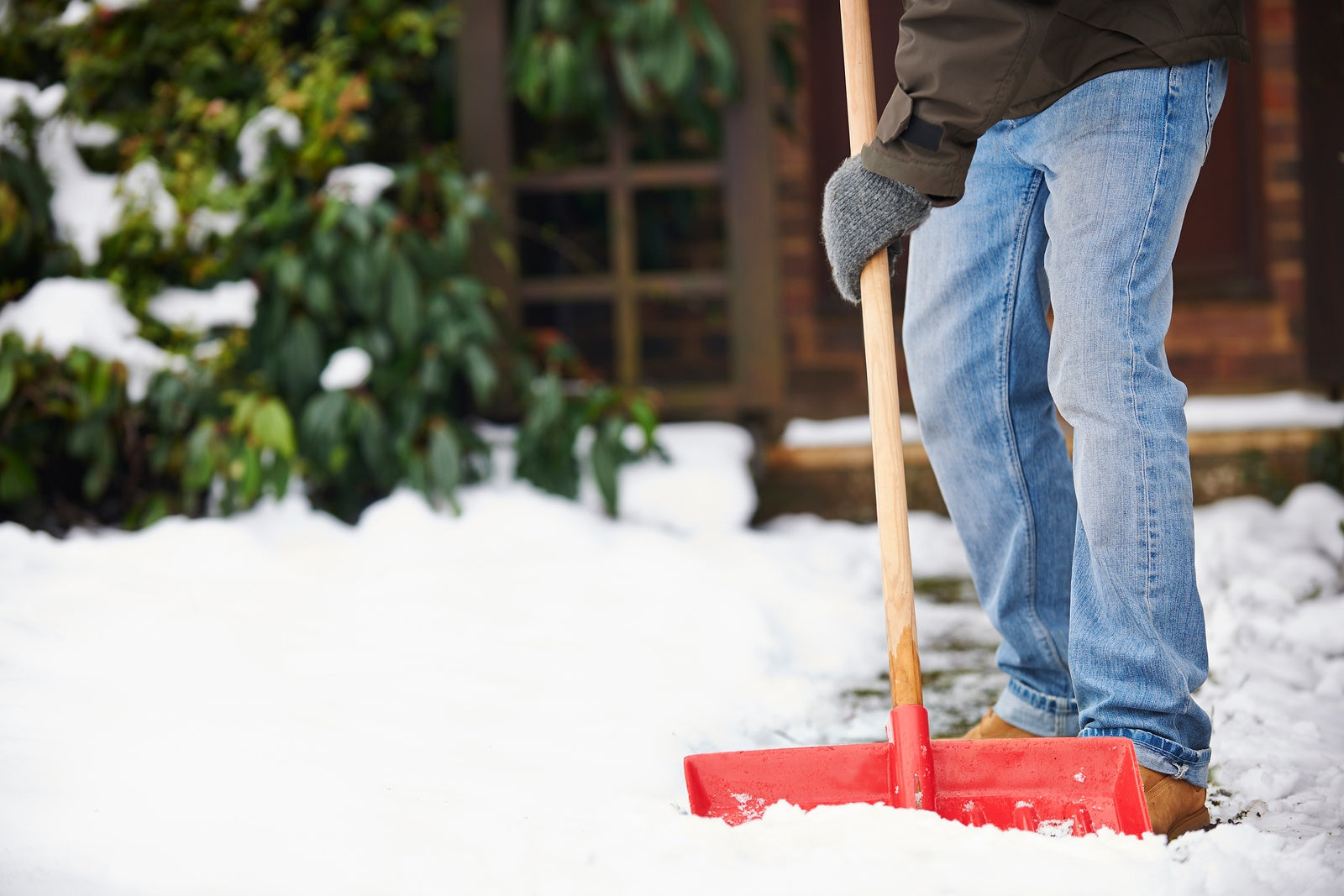
The Cold, Hard, Ugly Truth about Shoveling Snow
Approximately 11,500 snow-shoveling related injuries occur in the United States each year, 95 percent of them occurring at or near the injured person's home. While more than 20 percent of such inju...

Why You're Paying for Snow Removal Even If You Don't Realize It
Many homeowners, when asked "How much do you pay for snow removal?," are quick to answer, "We don't pay anything for snow removal because we do it all ourselves." Yet, in reality, there are costs,...
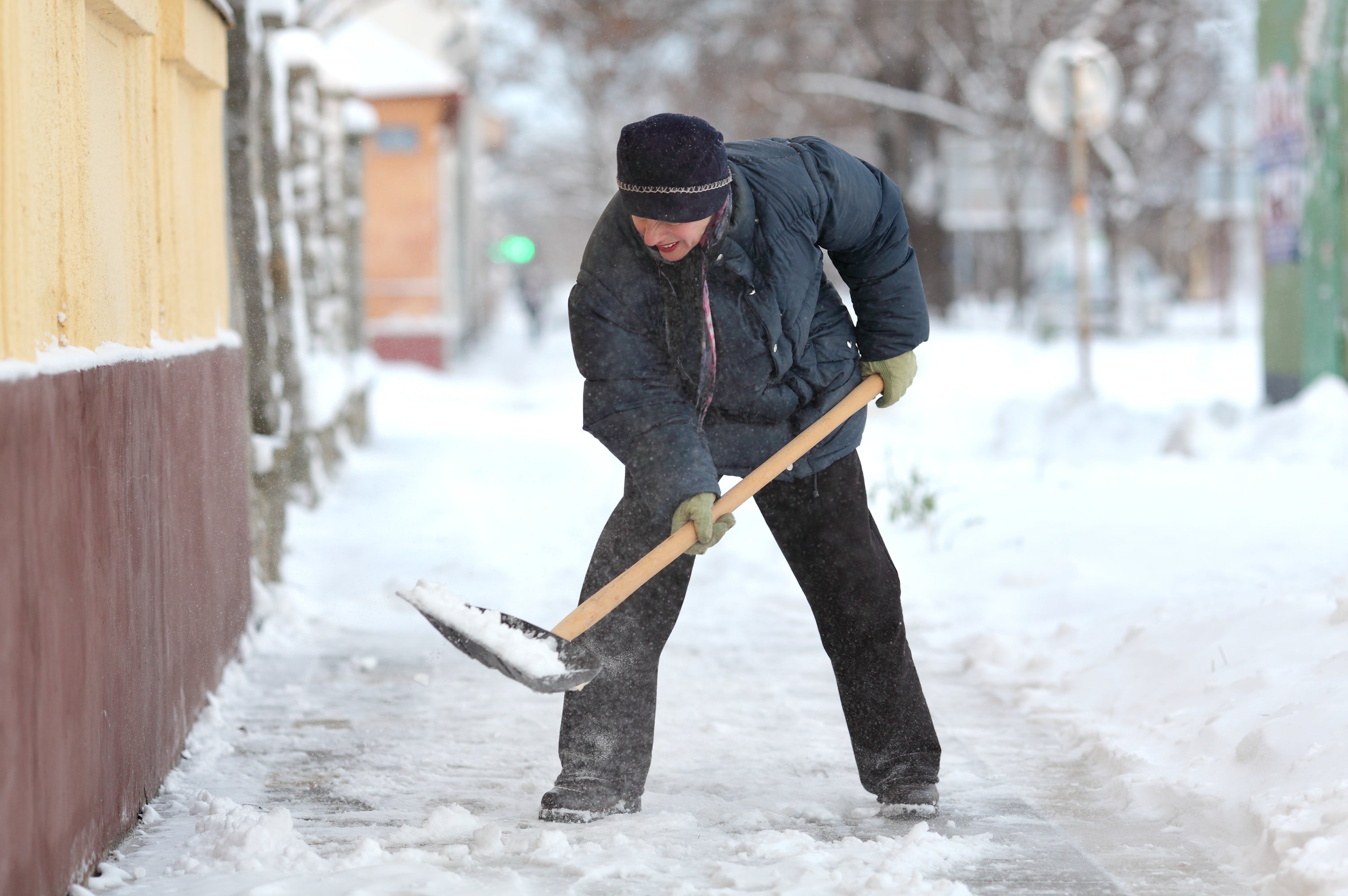
The Most Common Snow Shoveling Injuries
The American Journal of Emergency Medicine has recently published the results of a 17-year study that documents the most common injuries associated with shoveling snow. The study found that 11,000...
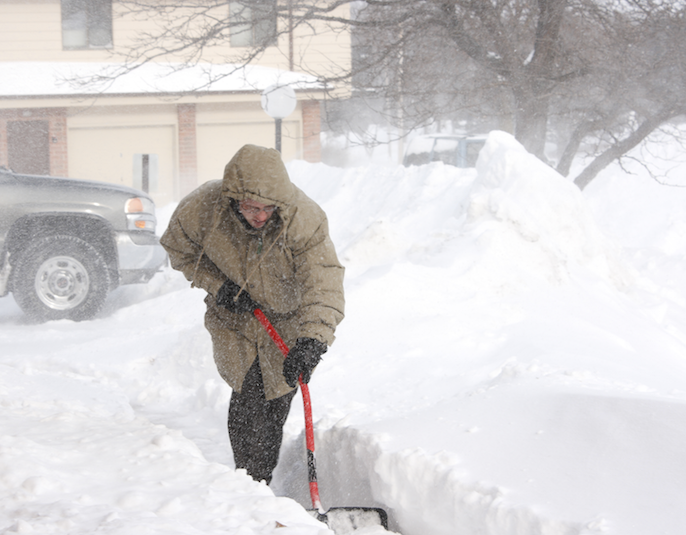
Tips to Lessen the Strain of Snow Shoveling on Your Heart Health
Along with the beautiful landscapes that winter brings comes the tedious, and frequently dangerous task of shoveling snow off of walkways, driveways, and sidewalks. While snow shoveling is importa...